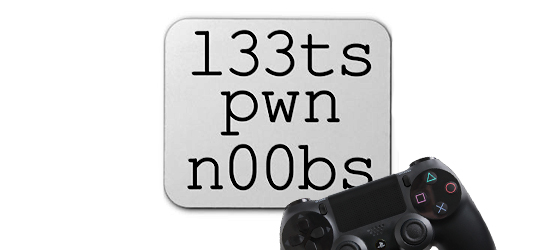As the video game medium expanded, so did the terminologies that surrounded the game-playing experience. Words such as “1-UP” and “boss” which have been around since the early days, have now been joined by terms like “nerf” and “perks” in the gamer vocabulary.
Since the said words are used by gamers on a regular basis, it surely wouldn’t hurt to know more about them. Let’s take a look at the origins and history behind some of gaming’s newest and most enduring terminologies.
What other gaming jargon do you usually use? Do you know the origins of other commonly-used video game terms? Sound off in the comments below.
Game term origins
-
1 UP

Who isn’t familiar with the ever popular 1-UP? Popularized by the original Super Mario Brothers for the NES/Famicom back in 1985, 1-UP refers to an extra life for the player (this was before game saving and checkpoints were commonplace). While some games also increment the ‘1’ to represent more than one life being earned by the player (5-up for example), 1-UP is the most common version, presumably due to the massive success of Super Mario Brothers and the succeeding games in the series. Some games also use 1-UP or 2-UP to refer to the first and second player.
It has been said that the term “1-UP” originated from American pinball games in the 1970s, and similarly referred to an extra ball that players can use once their current ball falls in the gutter. However, it is also possible that 1-UP, together with "power-up" and "level-up", originated in Japan as a form of wasei-eigo or Japanese-formed English words. In Japan, the suffix “-up” denotes an increment or increase in the amount of something that is useful or desirable.
-
Boss
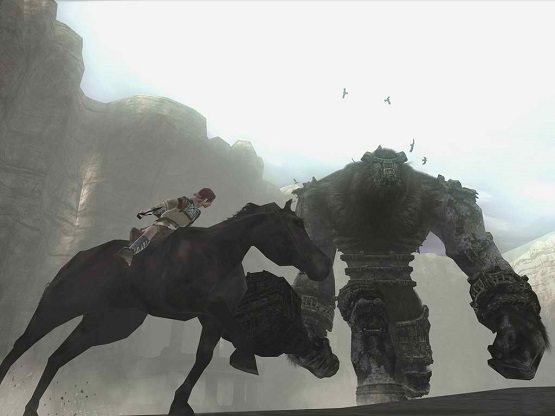
Boss battles are always one of the most memorable parts of any game, from Bowser to Sephiroth, to Liquid Snake and the various colossi in Shadow of the Colossus. As gamers, we’re used to thinking that a level or a game isn’t over until we’ve bested a boss (and his or her underlings prior to that).
The concept of a boss in a video game originated from a Dungeons and Dragons game for the PLATO (Programmed Logic for Automatic Teaching Operations) computer. The PLATO Dungeons and Dragons was created in 1975, and featured a golden dragon guarding an orb. The game can only be completed once the player has defeated the golden dragon and obtained the orb.
The actual origin of the usage of “boss” in video games is not really known. However, one the earliest uses of the term in a video game context was in the December 1983 issue of Joystik magazine, in which a letter from reader Brian Tokuyoshi refers to the Galaga enemy which players have to shoot twice as the “boss galaga.”
-
Nerf
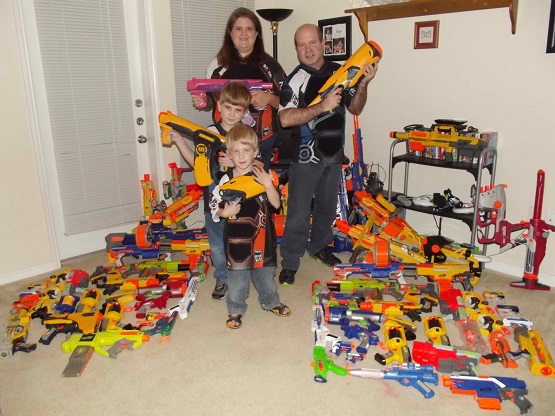
With the advent of ever-changing online worlds and downloadable patches or updates, developers have since been able to easily adjust the power levels or statistics of characters or in-game items. The term used to describe developers making characters or items weaker or less effective is “nerf.”
Named after the Hasbro-owned toy line designed to not cause any injuries, nerf’s earliest use was in Ultima Online, particularly when the developers reduced the strength of swords used in melee combat. More recently, the term is used when developers of fighting games reduce the damaging capability of characters or their specific attacks. While nerfs are usually received negatively, it is done so that a game is balanced and fair for all types of players.
-
Perks
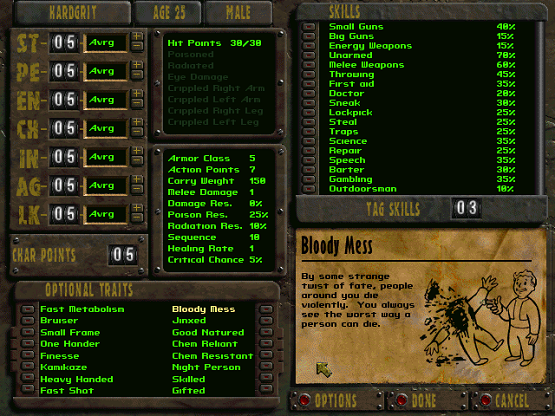
A modern-day evolution of power-ups, perks are permanent skills or attacks that players can unlock after earning skill points or experience. While unlockable power-ups trace their roots to the 1985 shooter Gradius (which had a power meter that measured the amount of capsules collected), it was the original Fallout that first used the term “perks.” In Interplay’s 1997 RPG (and in later games in the series), players can add a special skill or ability to their character each time they leveled up.
The immensely successful Call of Duty 4: Modern Warfare further spread the usage of “perks” as it incorporated a perk system in its extremely popular multiplayer component.
-
Level

Similar to “boss," the concept of levels also traces its origins to Dungeons and Dragon or other similar role-playing games, wherein the current dungeon area or floor is considered a single level and each succeeding level poses increasing difficulty.
The earliest game to actually refer to its parts as levels or stages was the 1979 arcade shooter Galaxian. Most newer games still tend to have levels, but no longer directly refer to them as such and features a seamless transition between different game areas.
-
Combo (Combos)

If you’re a fighting game fan, then you've definitely heard of the term “combo." Short for a string or combination of moves and attacks over a short period of time, combos were introduced by Technōs Japan in their Renegade and Double Dragon beat ‘em up titles in the late 1980s.
Combos were accidentally implemented by Capcom and were subsequently discovered by players in Street Fighter 2. Super Street Fighter 2 would revolutionize fighting games with an actual combo system in 1991 (combo hits were counted and players were rewarded for pulling them off), and fighting games such as Tekken and Virtua Fighter would follow suit. The Killer Instinct fighting games directly (and verbally) refer to combos by implementing moves that can cancel or interrupt combos called “combo breakers.”
-
AAA (Triple-A)

Triple-A games are the blockbuster games in the video game industry. From Halo to Grand Theft Auto, to Metal Gear Solid and Mass Effect, they are the gold standard in terms of quality and popularity.
The need for a label to define the best that video games have to offer stemmed from the industry crash of 1983, which was the result of too many games of poor quality being released in the market. Sometime during US video game expos in the 90s, studios and publishers started using “AAA” (based on the US grading system wherein A is the highest mark) to describe games which were aiming not only for critical and commercial success, but also for innovation and introducing something new or revolutionary (the three ‘A’s stand for the three goals of a AAA title). The video game media soon got wind of the new buzzword and started using it in their coverage as well.
These days, the goals of a AAA game are the same. As game development has gotten more expensive however, AAA games have also become synonymous with sky-high development and marketing budgets.
-
Gameplay

In the video game industry, developers, journalists, and fans use the word “gameplay” to describe the various ways in which users can play or interact with a video game. In one academic paper, the term is defined as “interacting with a game design in the performance of cognitive tasks, with a variety of emotions arising from or associated with different elements of motivation, task performance and completion.” The term is also used to identify the most important aspect of a game and differentiate it from other aspects such as graphics, story, and music.
First used in the 1980s, gameplay traces its roots two old English words namely gamen which means amusement or fun; and plegian which means to exercise. And that’s what all video games should be, an exercise in fun.
-
Noob (Newb, Newbie)

More popular in competitive/online gaming, newbie, usually shortened as noob, is used (often derogatorily) to refer to players who are just beginners or inexperienced in a particular game. Newbie was originally used in the US military during the Vietnam war to identify newcomers in a unit.
While newbie/noob is now more commonly used in gaming circles, its usage in the online world stems from a Usenet discussion group, which are a predecessor of today's online forums.
Possibly the first-ever use of the word "noob" in a game is in Mortal Kombat II, where Noob Saibot was a mystery hidden kombatant. Noob Saibot, in case you didn't know, stood for Boon (written backwards) which points to Ed Boon; while Saibot written backwards spelled out Tobias, which referred to John Tobias.
Boon and Tobias were the co-creators of the Mortal Kombat fighting game franchise.
-
Pwn/Pwned
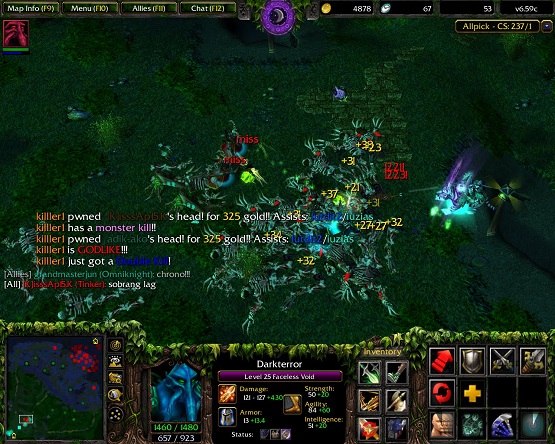
There was a time when it was quite common to encounter gamers using “pwn” or “pwned” to describe the act of defeating a multiplayer or online game opponent, sometimes in humiliating fashion. The word was so popular in the mid to late 2000s that it eventually became used by teens in conversations outside of gaming.
Pwned most likely originated as a typo of the word “owned," used in the context of figuratively “owning” someone you’ve beaten in a video game. So why was the typo occurring repeatedly? Take a glance at your keyboard and you’ll see that ‘o‘ and ‘p’ are next to each other. It’s not hard to imagine that rapid typing during text messaging or heated multiplayer battles will cause more than a few typos. Pwn eventually stuck and was used by angry teenage (or even older) gamers online and off.
-
31337/1337 (Eleet/Leet)
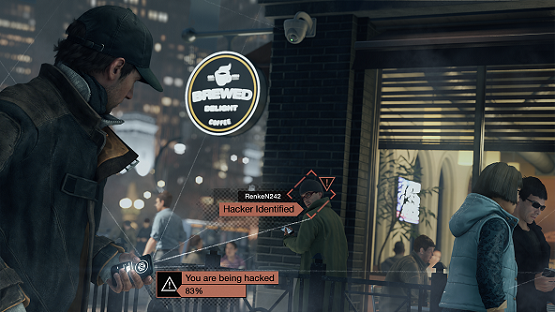
Hacking may not be an actual game (Watchdogs might beg to differ) but the term “eleet” or “leet” (stylized as 31337 or 1337), commonly used as a label for skilled or outstanding gamers, was originally used to describe someone with excellent computer hacking skills.
Similar to n00b, 31337’s origins took place on online discussion boards, particularly in bulletin board systems (BBS) in the 1980s. Bulletin board users with elite status were able to access file folders, games, and special chat rooms. Stylizing of words using numbers or other characters, otherwise known as leet speak, was originally used to indicate knowledge of computers and online culture.
-
OP (Overpowered)

One quality of items, characters, or attacks in a game that contributed to the birth of “nerfing” is being overpowered, or “OP” as abbreviated by gamers.
Overpowered weapons or classes in online RPGs gave rise to the “OP” term. More recently, OP has also been used to describe attacks or characters in fighting games which are unfairly more powerful than the rest. In Super Smash Bros. 3DS, the character little Mac has been dubbed by the community as being overpowered.
-
ADS (Aim Down Sights)
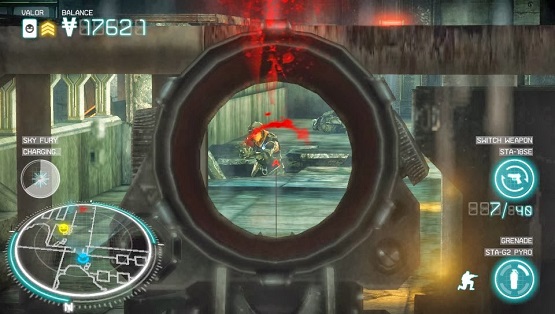
Veterans of first-person shooters are surely familiar with ADS or “aim down sights.” ADS is a mechanic which is implemented to make FPS games more realistic. What the mechanic entails is that when players do not use their scope/sight when firing a weapon, their character is firing from the hip and thus, their accuracy is reduced.
ADS, which is also known as iron sights, has been implemented in several FPS games/series, from 2003’s Vietcong (one of the earliest games to have the mechanic) and Delta Force, to America’s Army and Call of Duty 4: Modern Warfare.
-
Spawning
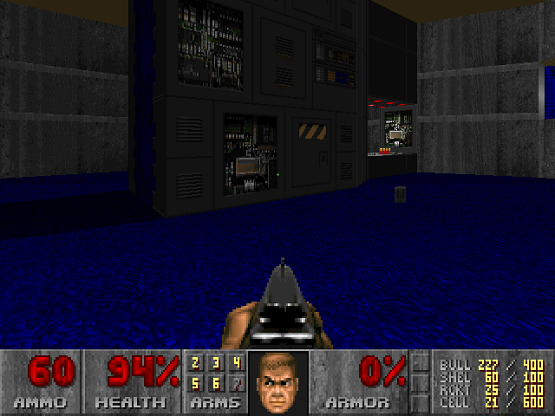
As video games are only limited by the imagination, the live creation or generation of a character, item, or weapon is a common sight for players. This process of creation and generation is called “spawning”; a term usually used in games or game modes where the player dies and is regenerated repeatedly.
Id Software coined the term “spawning” and “respawning” to describe gameplay mechanics in its landmark first-person shooter, Doom. In the 1993 FPS, players who are killed are instantly regenerated so that gameplay can continue. Areas in the map or environment where players are usually regenerated are called spawn or respawn points.
-
Deathmatch

Nearly all first-person shooters and real-time strategy games have a deathmatch mode. The said mode usually revolves around at least 2 human players competing to get the most number of kills or units destroyed in specific amount of time.
The term “deathmatch” was coined by famed game designer John Romero during the development of Doom back in the early 90s.
